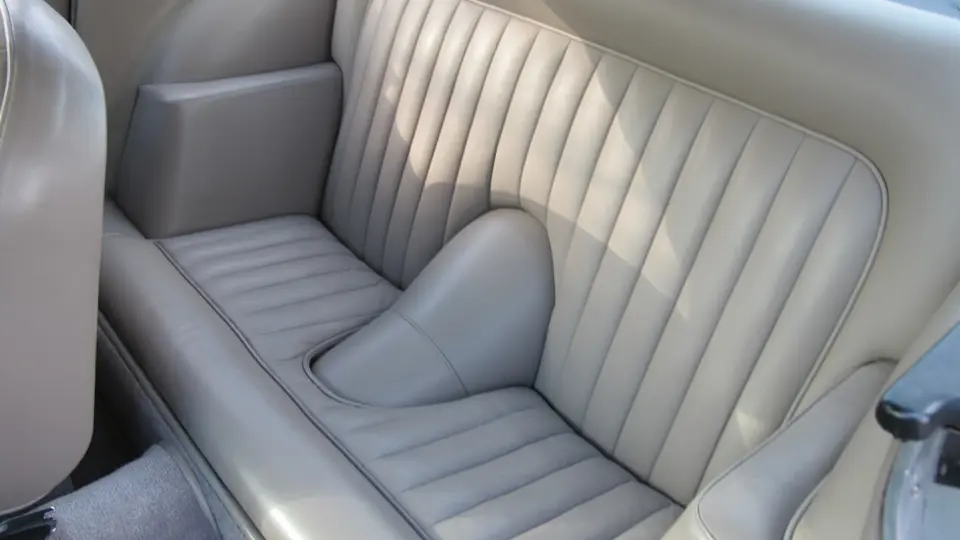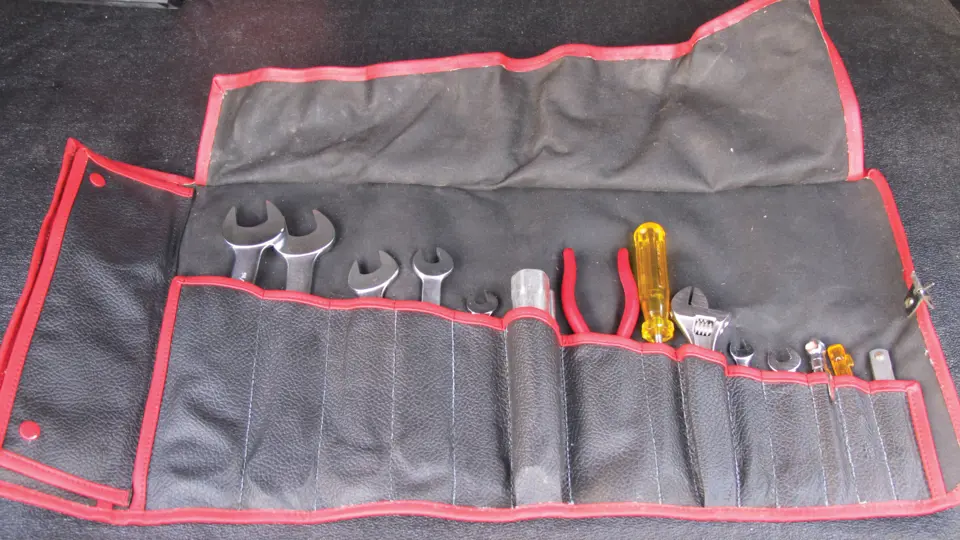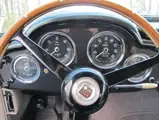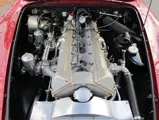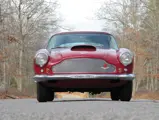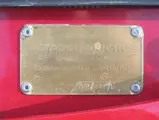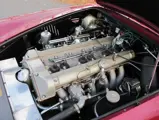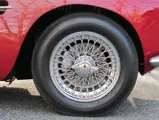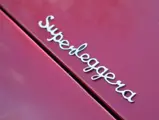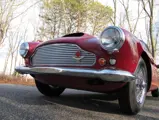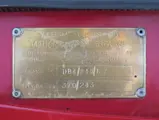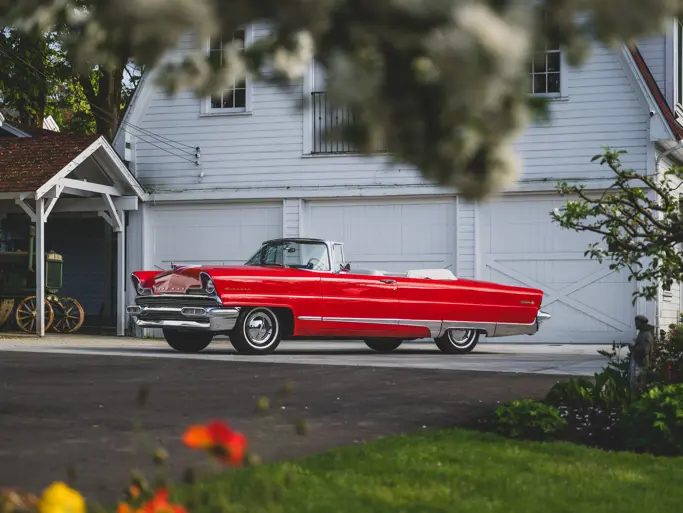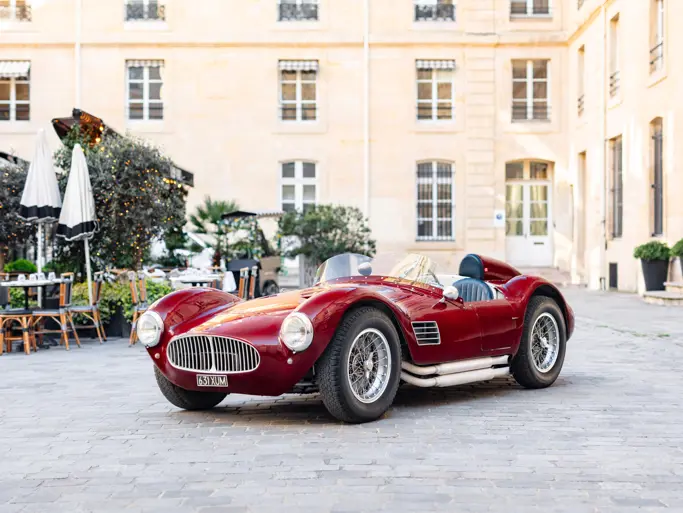Series I. 240 bhp, 3,670 cc DOHC inline six-cylinder engine, twin SU carburettors, four-speed manual gearbox, independent front suspension with upper and lower control arms, coil springs and anti-roll bar, live rear axle with Watt linkage, trailing links and coil springs, and four-wheel hydraulic disc brakes. Wheelbase: 98"
- A rare and desirable Series I LHD example; matching-numbers engine
- One of only about 150 first-series cars
- Complete with a copy of the original Aston Martin build sheet
In 1956, Aston Martin began development of the all-new DB4, which debuted at the London Motor Show during the autumn of 1958. Not only did it set the tone of Aston Martin styling for years to come, the DB4 also introduced an updated engine designed by Tadek Marek, whose name became synonymous with the marque’s engineering and performance excellence.
The DOHC DB4 engine displaced 3,670 cc, was entirely constructed of aluminium and produced 240 bhp in standard tune with twin SU carburettors. Most importantly, the new 3.7-litre “six” provided a platform for further development and continued, with various displacements and power ratings, through mid-1972.
Aston Martin turned to Carrozzeria Touring for its Superleggera (super light) body design, comprising a lightweight yet strong framework of small-diameter tubes cloaked in aluminium panels. The chassis, designed by Harold Beach, was both simpler and more rigid than that of its predecessors, using a new pressed-steel platform frame. Four-wheel Dunlop disc brakes enhanced the DB4’s safety, with the car capable of some 140 mph. The DB4 claims the distinction of being the first production car capable of sprinting from 0-100 mph and back down to zero in less than 30 seconds. It is the model that placed Aston Martin back on equal footing with Ferrari and Maserati, its main Italian archrivals.
Indeed, Aston Martin had multiple successes throughout the 1950s and into the 1960s, with the DB4 playing a crucial role. In 1958, Britain’s Prince Philip awarded Aston Martin his Royal Warrant of Appointment, and in 1959, the marque took overall victory at Le Mans, with Carroll Shelby and Roy Salvadori behind the wheel of the mighty DBR1 sports racer.
Offered complete with a copy of its original build sheet, this DB4 from 1960, chassis DB4/245/L, is an original left-hand drive example that was sold new in the USA via West Coast distributor Charles Hornburg to Mr. Paul S. Pollack of Los Angeles, California. A rare and very desirable early ‘Series I’ car, it is highly collectible as one of about 150 originally built. This DB4 has particularly clean styling with its frameless doors, rear-hinged bonnet and the absence of the later bumper over-riders. In fact, it retains its matching-numbers engine, numbered 370/243.
According to a recent inspection performed by an Aston Martin marque expert, this restored DB4 is quite impressive in its cosmetic presentation, with only slight windscreen de-lamination noted. Otherwise it is excellent in virtually every other respect. The DB4 is finished in Peony Red with Mushroom leather upholstery and complemented by lovely brightwork and fresh chrome wire wheels shod with period correct Avon cross-ply tyres. Mechanically, the DB4 is noted to be a strong runner, starting with ease and building proper oil pressure, and it has an extremely tidy engine bay and an impressively restored chassis with correct lever-arm dampers. However, the gearbox is noted to be somewhat balky and would benefit from professional attention.
A jack, correct Britool tool roll, an owner’s handbook and a parts catalogue accompany this car. This handsomely presented DB4 is ready for enjoyment by a new enthusiast who is eager to sample the prodigious power and gorgeous style emblematic of Aston Martin’s ascendance to the top ranks of the GT pantheon.

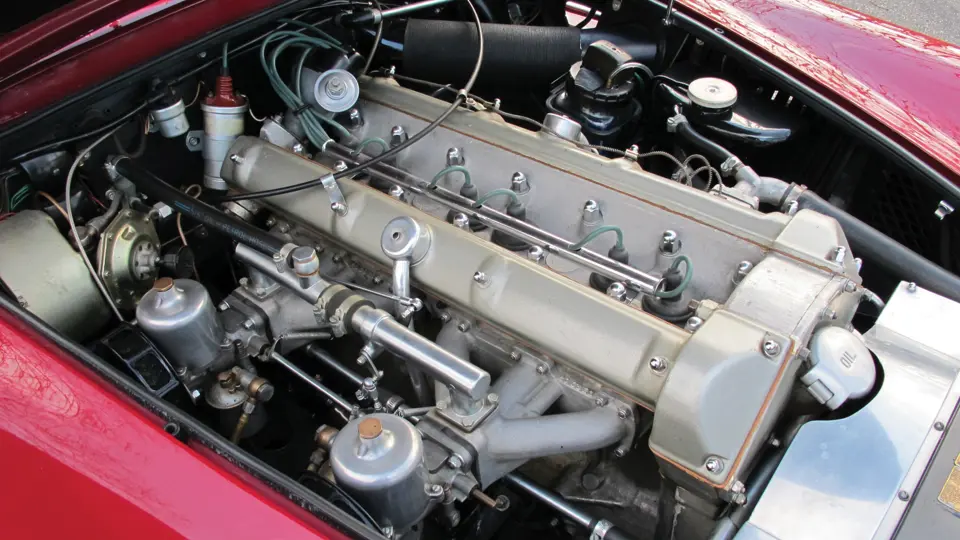




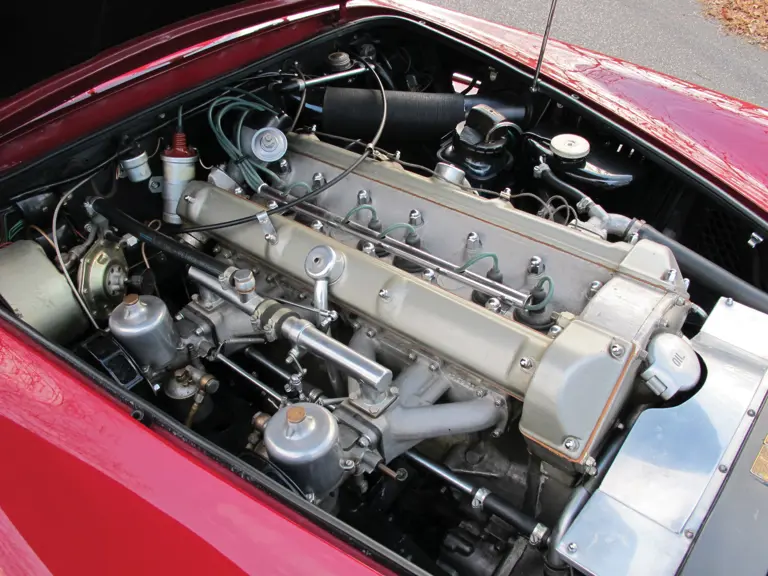


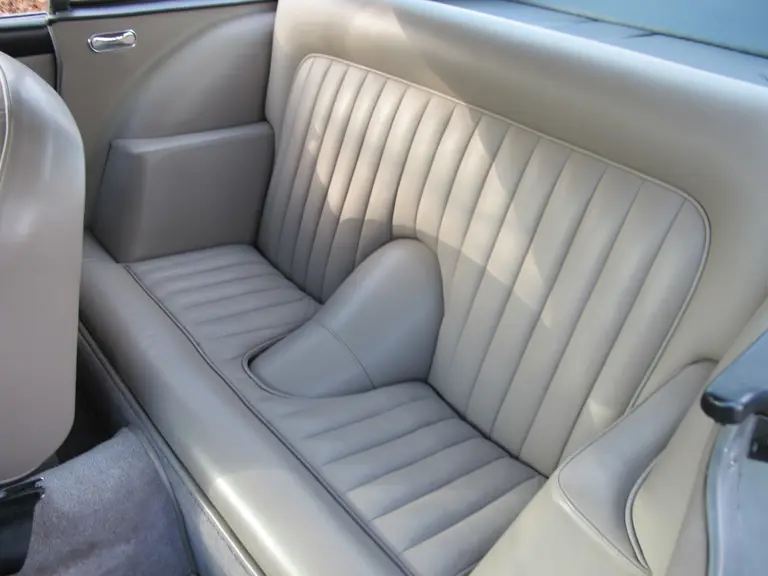
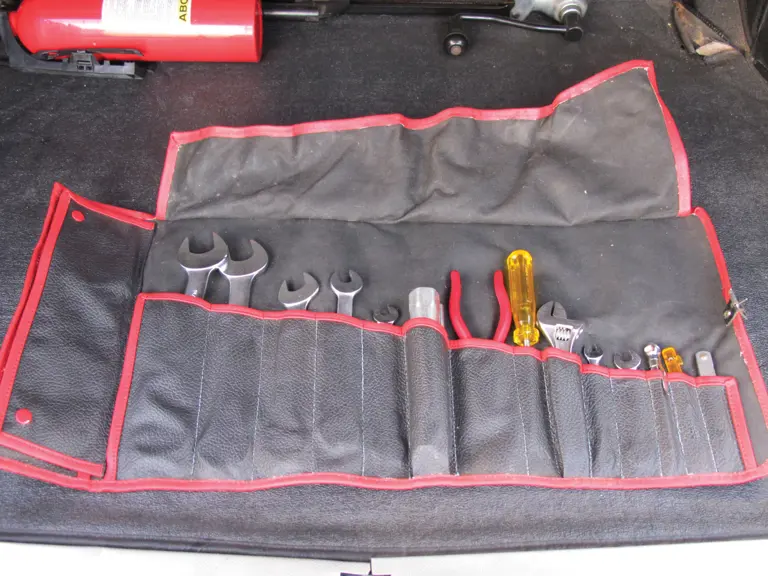
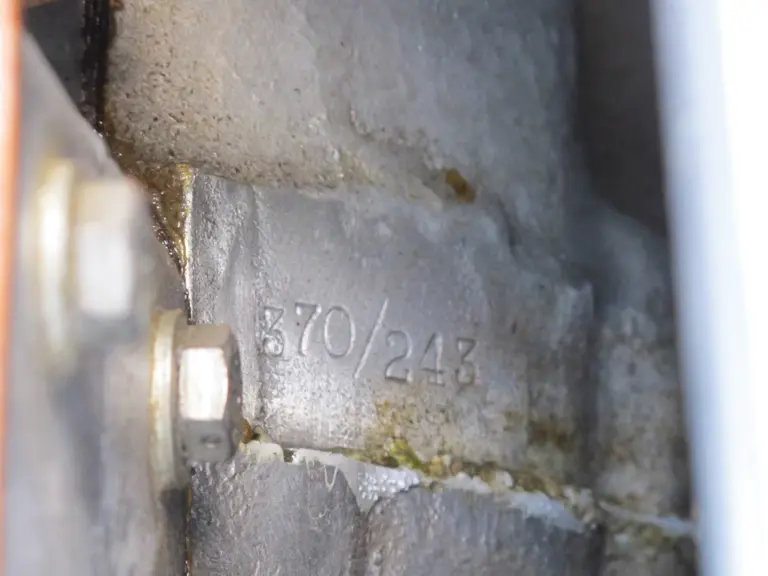
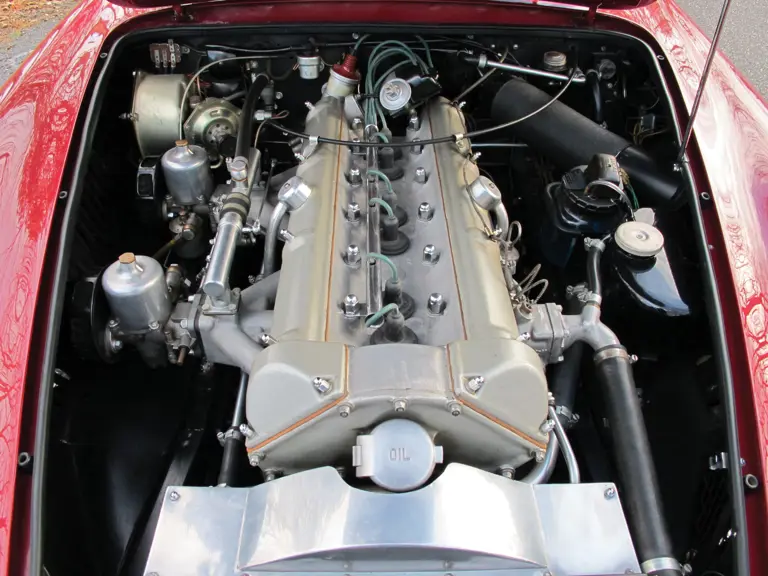
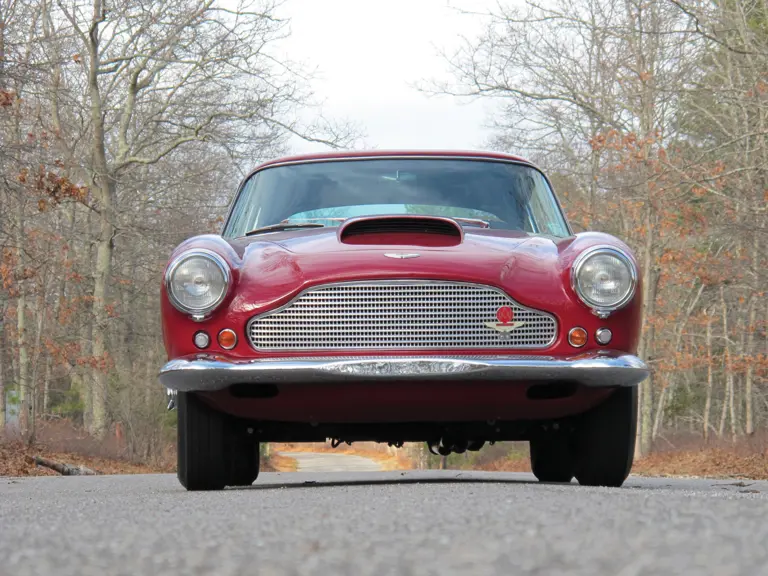




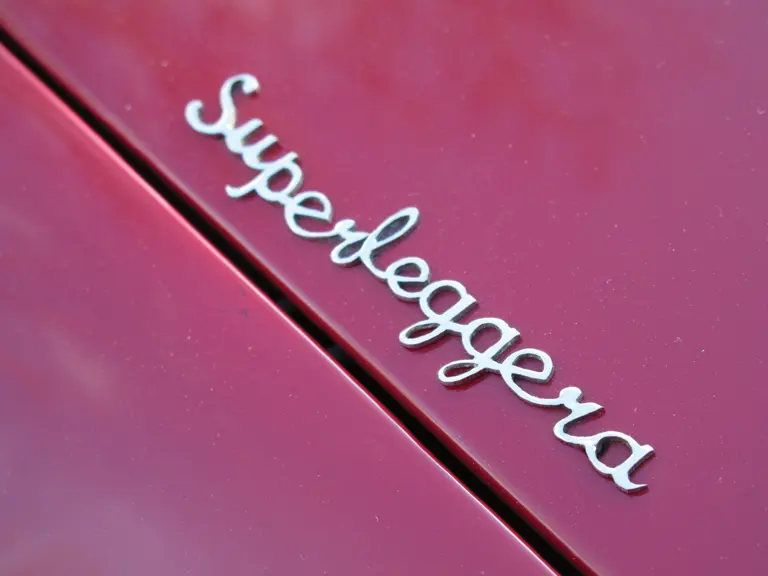
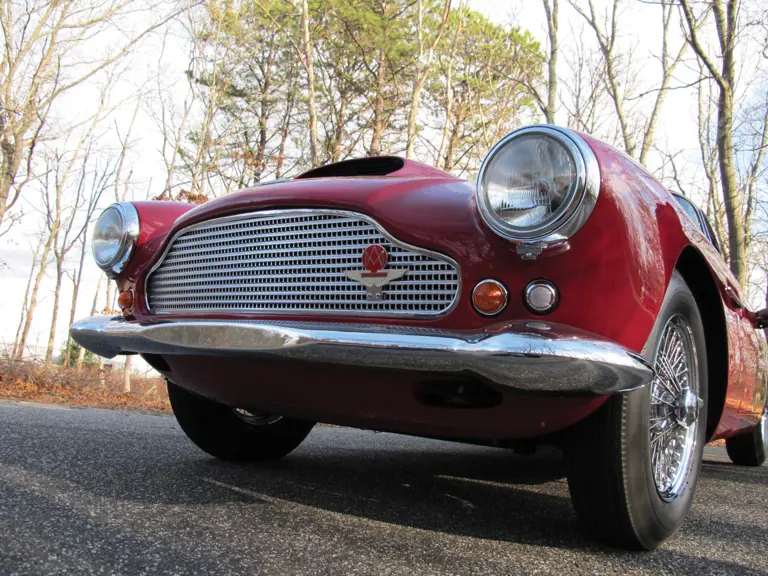
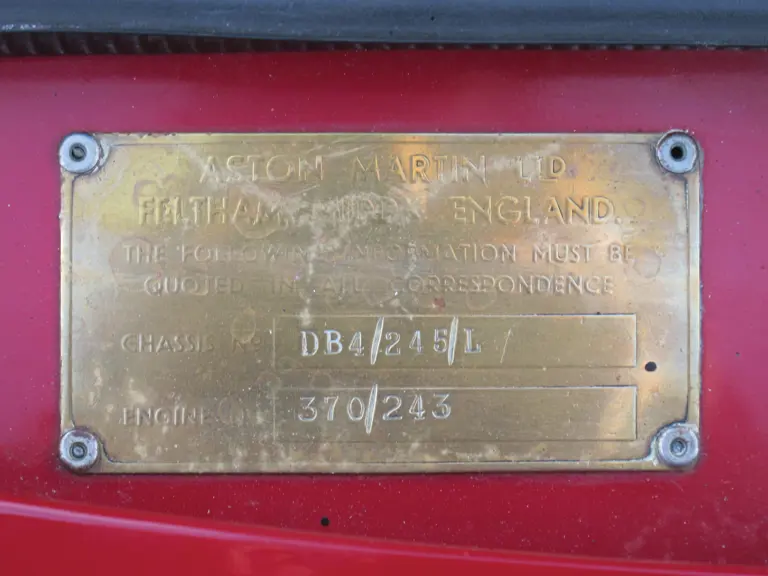
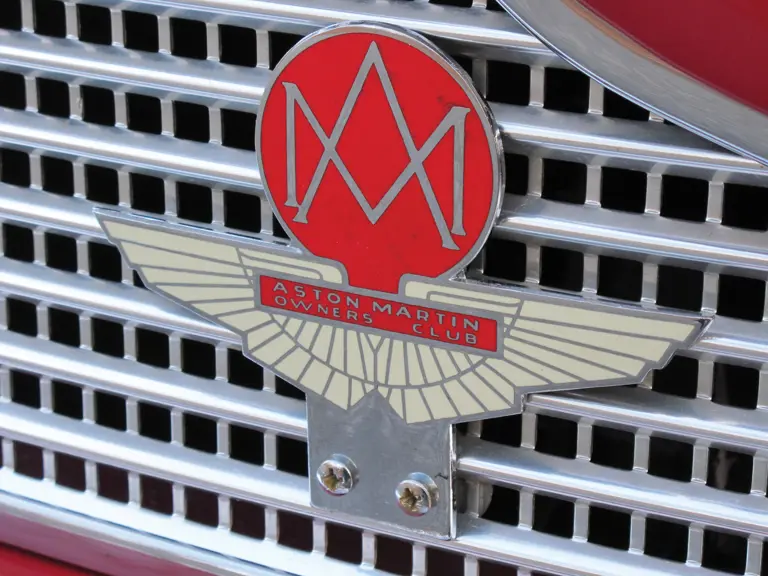

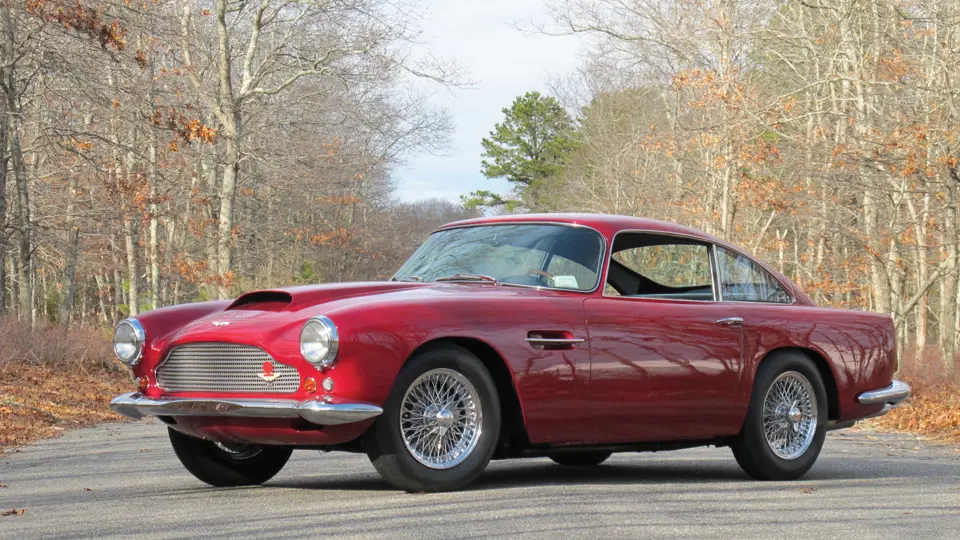
 | United Kingdom
| United Kingdom

